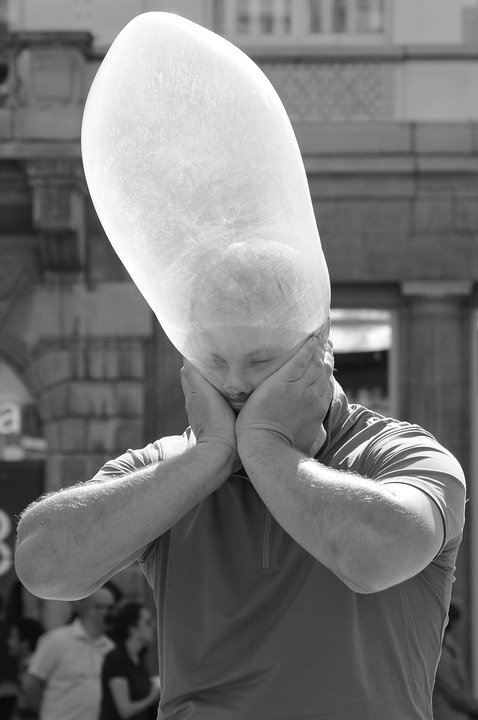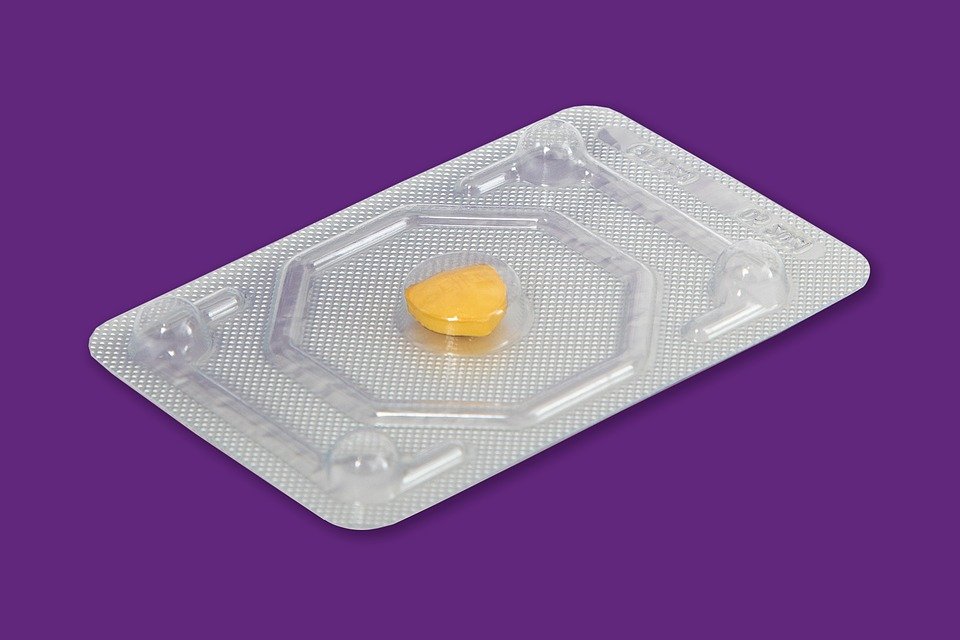
Kidney stones are a common and painful condition that affects millions of people every year. Understanding the causes and symptoms of kidney stones is crucial in order to prevent and treat this condition effectively.
Kidney stones, also known as renal calculi, are hard mineral deposits that form in the kidneys. These stones can vary in size, ranging from as small as a grain of sand to as large as a golf ball. They are typically made up of calcium, oxalate, uric acid, or other substances that are found in the urine.

There are several factors that can contribute to the formation of kidney stones. One of the main causes is dehydration, which can lead to a build-up of minerals in the urine that eventually form into stones. Other risk factors include a diet high in sodium or protein, obesity, a family history of kidney stones, and certain medical conditions such as hyperparathyroidism or gout.
The symptoms of kidney stones can vary depending on the size and location of the stone. In many cases, small stones may pass through the urinary tract without causing any symptoms. However, larger stones can cause severe pain and discomfort. The most common symptoms of kidney stones include:

1. Severe pain in the side and back, below the ribs
2. Pain that radiates to the lower abdomen and groin

3. Painful urination
4. Pink, red, or brown urine
5. Nausea and vomiting
6. Frequent urination
7. Fever and chills
If you are experiencing any of these symptoms, it is important to see a doctor as soon as possible for a proper diagnosis and treatment. In some cases, kidney stones can lead to complications such as urinary tract infections, blockages in the urinary tract, or kidney damage.
There are several diagnostic tests that can help identify kidney stones, including urine tests, blood tests, and imaging tests such as X-rays, CT scans, or ultrasounds. Once a diagnosis has been made, treatment options will depend on the size and location of the stone, as well as the severity of symptoms.
For small stones that are not causing any symptoms, a doctor may recommend drinking plenty of water and taking pain medication to help the stone pass naturally. In more severe cases, other treatment options may be necessary, such as:
1. Extracorporeal shock wave lithotripsy (ESWL): This non-invasive procedure uses shock waves to break up the stone into smaller pieces that can be passed more easily.
2. Ureteroscopy: This procedure involves inserting a thin tube with a camera into the ureter to locate and remove the stone.
3. Percutaneous nephrolithotomy: This surgical procedure is used for larger stones that cannot be passed naturally or broken up with shock waves.
In addition to these treatment options, it is important to take steps to prevent kidney stones from forming in the first place. This can be done by staying hydrated, following a healthy diet low in sodium and high in fruits and vegetables, and avoiding foods that are high in oxalate, such as spinach, nuts, and chocolate.
In conclusion, kidney stones are a painful and common condition that can be prevented and treated effectively with the right knowledge and care. By understanding the causes and symptoms of kidney stones, you can take steps to protect your kidney health and avoid the pain and discomfort associated with this condition. If you are experiencing any symptoms of kidney stones, be sure to see a doctor for a proper diagnosis and treatment plan.

Discover more from Bibliobazar Digi Books
Subscribe to get the latest posts sent to your email.


